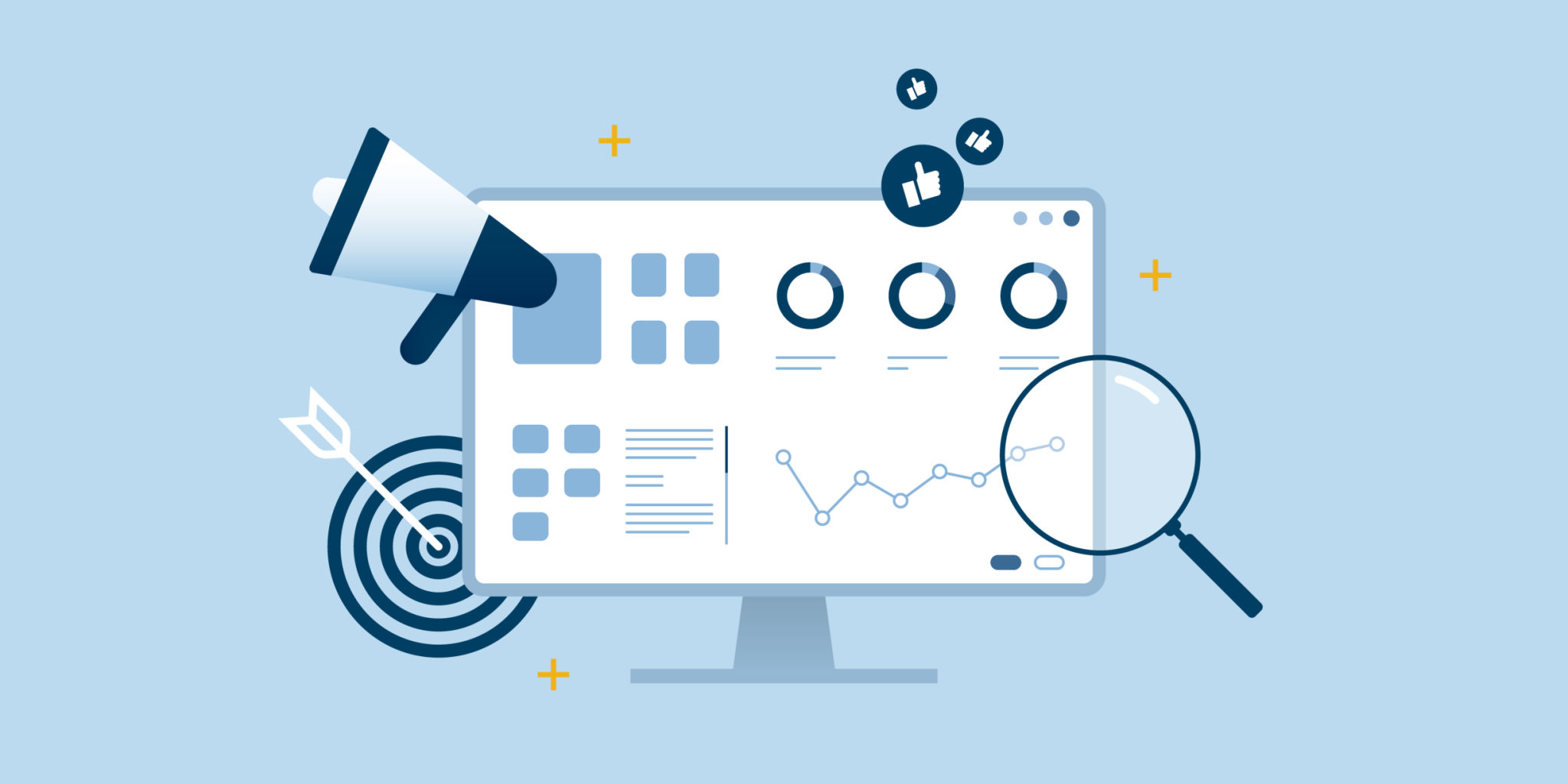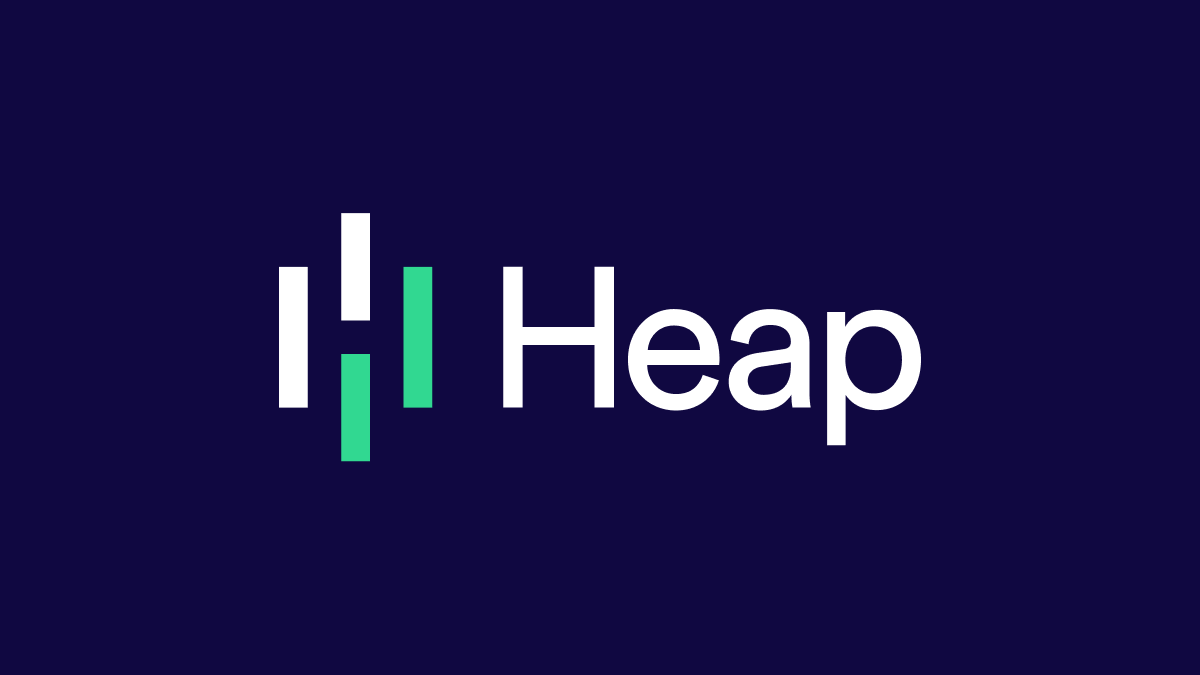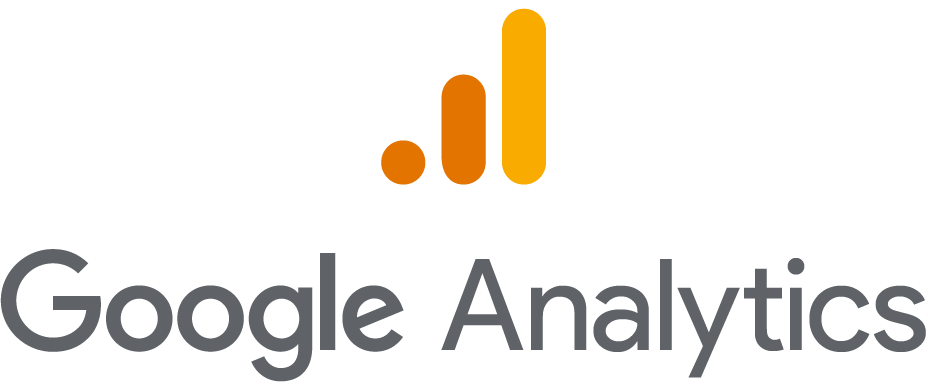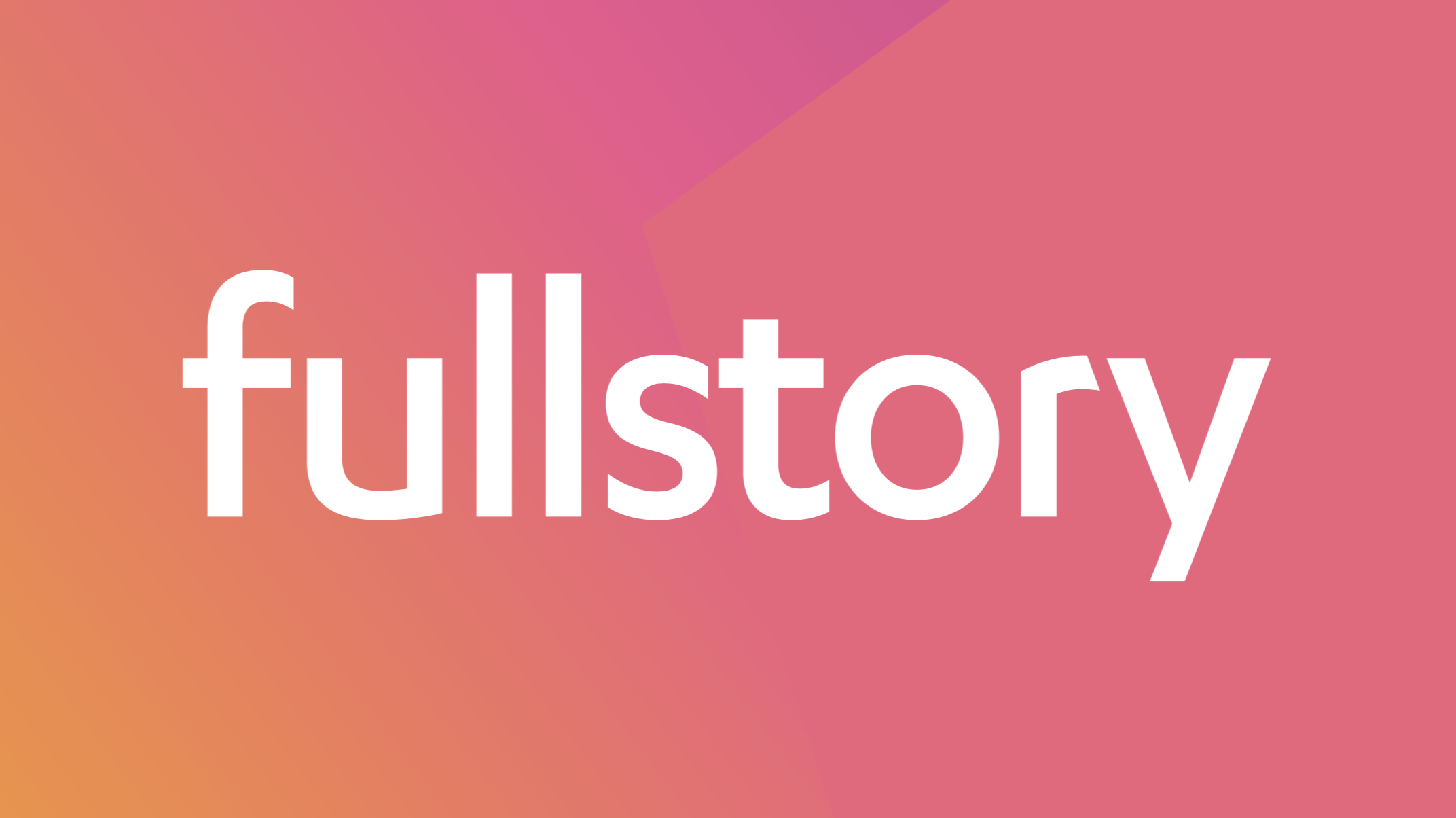Whether you have just stepped into the market or thinking to expand your established organization, for optimum progress, you must know your targeted audience. It is important dig up every tiny detail to analyze user interaction with your product.
The better you understand your customer’s requirements, the more useful you can turn your products to be. It is followed by multiple surveys, interviews, demos, questionnaire, and examining different aspects of a particular product.
The internet is flooded with the best product analytics tools that offers a variety of features to lift off your burden.
Read along to know more about the features and characteristics of 10 best product analytics tools to use in 2023.
What is Product Analytics Tool?

Before jumping to the characteristics of different tools, let’s first figure out what a product analytics tool actually is. It is basically a software platform that tracks how user interact with your product or services.
Similarly, product analytics tool assists marketing teams to determine user behavior, improve products, detect errors and make deliberate decision about implementing different strategies. You can even segment users in terms of different categories or stages within your funnel to take a closer look to their journey.
These product analytics tools often choose multiple approaches to collect data from a variety of data sources. For some tools, you have to specify what type of data to fetch beforehand while others can gather everything so that you can later decide what to analyze.
Types of Product Analytics Tools
You can categorize product analytics tools into different types, depending on their data expertise, compatibility, or toolset. Some of them focus only the analytical aspects while others can even offer other related features from customer feedback to monetization reports and more.
Differentiating Factors
There are a few factors that differentiate different types of product analytics tools from one another. These include:
- Surface-level or in-depth analysis
- Qualitative (user behavior) or quantitative (numeric values) data
- Web or mobile products
- Auto-capture user interaction or manual instrumentation
Key Features of Top Product Analytics Tools

Although different product analytics tools have different prominent features, there are some features that are quite common among all of them. A few of those features are listed as follows:
Tracking
User doesn’t always stick to a particular root to engage with your products. For this purpose, these tools track the varying nature of user journey, helping you identify your customers from every channel on different devices.
Analyzing Events Metrics
Every product analytics tool should organize events and create triggered events. Also, it helps you to come up with both automated responses and personalized interaction with users.
Integrations
With the help of proper integration features, product analytics tools can exchange data without any restrictions or unnecessary silos.
KPI Dashboards
Product analytics tools often have dashboard which give you an outline of all reports and key metrics without switching windows.
Some of these tools have customizable dashboard through which all the necessary information can be easily shared within your company.
Session Recording & Segmentation
This analytics platform solution help to record user’s browsing session across your website. You can keep track of the data entered, mouse movements, along with the idle time as well. After that the sessions are grouped in terms of devices, duration, location, daily active users, etc.
Funnel Analytics
The funnel analytics examines the progress of your users through the conversion stages of the product. Through the given data, you can even analyze the friction encountered or what caused the browsing session to end.
Heatmaps
The heatmap feature merges different user sessions to reflect those parts of your website that got the most user engagement. It analyzes user behavior via clicks, mouse hovering, taps, and scrolling depth, shading them with the chosen color codes.
A/B Testing
Also known as split testing, this feature will help you assess multiple versions of your product. It also offers stats and data to determine which one of them will perform more effectively as per user insights.
10 Best Product Analytics Tools
Here is a list of some best product analytics tools for positive business outcome:
Amplitude

Amplitude product analytics tool is known compatible with the requirements of the modern digital businesses. It has a wide set of features from cross-platform tracking, user behavior analysis to real-time analytics.
You may find a list of loyal client base that includes a number of digital tycoons. Amplitude Analytics offers tools specifically for product teams to examine and analyze their apps. It even predicts customer’s expected interactions which minimizes any resistance in conversion process.
Moreover, it gives you a clear view of your user’s experience with the product which can improve the production.
Selling Points
- Integrates well with multi-platform applications.
- Great support team
- Custom, easy to share links.
- Flexible data visualization with amplitude analytics.
Limitation
- Meant for consistent management.
- Difficult to understand.
Heap

Heap is among some affordable product analytics tools that highlights those particular parts of your website that has undergone user interaction. It shows where your user got stuck or faced difficulty in moving forward.
If your goal is to go for a product analytics tool that represent every user’s story without compromising on any detail, then Heap is the way forward.
Selling Points
- Rapid implementation.
- Cross platform analysis.
- Free trial available.
- Incomplete analytics need to use multiple tools to complete some tasks.
Limitation
- Incomplete analytics need to use multiple tools to complete some tasks.
Mixpanel

Mixpanel allows different companies from small businesses to multinational corporations to examine their user behavior. Being a user-friendly product analytics tool, it is fairly light on your pocket offering interactive report with the latest features or trendy aspects that attract users.
This tool even focuses on user strength by building retroactive funnels and give a proper analysis on conversion rates. Unlike most analytics tools, it opts for a slightly different method that the rest when it comes to analytics. It weighs the action or method chosen by users using monitoring sessions, rather than sticking to page views.
Selling Points
- Easy to visualize.
- Useful for those products which are based on customer service over web like hotel bookings, resume creation, etc.
- Insights from data in minutes without having any expertise.
Limitation
- Difficult to find simple options.
Pendo

If you are looking for a product analytics tool dedicated to custom-centric companies, then Pendo can be your best bet. It works ideally for healthcare, finance, and academic domain, giving you deeper know-how about the actions taken by the user and analyzes user behavior.
With detailed analysis, you’ll be able to reduce bounce-back and can visual user journey till the end. It assists your user with targeted tutorials or pop-ups to let them about a certain process or feature within the app. Not only that Pendo also offers product insight pipelines from multiple sources from interviews, reviews to beta testing and responses.
Selling Points
- Offers in-depth usage analytics.
- Efficient A/B Testing.
- Helps to improve user onboarding experience.
Limitation
- Need better pipelining features.
- Pendo mobile lacks in compatibility.
Google Analytics

When it comes to product analytics, the tool that stands out is Google Analytics. It is the de facto platform to help product teams to analyze customer behavior on both web and mobile applications. Google Analytics known to be a highly robust tools which gives you every slightest detail about the location, device, and interactive capabilities of a visitor. It not only assesses the way users interact but also offers a comprehensive report covering every aspect.
Many product analytics software lacks data that benefits conversion but Google Analytics provides you with complete data to prevent bounce rate and improve user engagement for planning strategies effectively.
Since Google is a popular search engine, it has even integrated a wide variety of different services and tools related to product analytics tools, important for the promotion of your digital experience.
Selling Points
- Easy implementation.
- Improved conversion monitoring with event-based data analysis.
- Advance integrations with auto linking with custom audiences.
- Build funnels from scratch.
- Packed with features on both free and paid tools.
Limitation
- Prior knowledge required.
- Limited properties for certain tools.
- Unable to create views.
LogRocket

LogRocket is one of most reliable product analytics software known for its user-friendly features. It enables product teams to record and visualize user session in real-time to detect errors and issues related to performance and engagement in their websites or mobile applications.
This product analytics tool can even let you know if any bug is on your end or user error. It allows to observe user sessions and get insights based on every mouse click and data entered.
Selling Points
- Navigate, examine, and execute easily.
- Tracks network and location.
- Screen activity recording.
- 24/7 cooperative support.
Limitation
- Theme aesthetics aren't creative enough.
Smartlook

If you want a product analytics software that helps you implement strategies to improve user retention within mobile apps, then Smartlook is the right pick for you. It offers a detailed report on user behavior data to get actionable insights about the features they liked, want to improve, and bugs they have encountered.
Although you can use it for web apps, it has a variety of different product analytics software tools. It even includes SDKs meant specifically for native mobile apps and games on 10 frequently used operating systems and frameworks.
Once you have synced Smartlook with your mobile app or game then it automatically records all user sessions. It generates a data usage report with more than 30 different filters to categorize and you can view it via dashboard.
Selling Points
- Record user interactions.
- Heat maps depicting behavioral analytics.
- Create and examine with funnel analysis.
Limitation
- Confidential box to display the data entered by user.
- No multi device recording.
Glassbox

Glassbox is well-known analytics platform for its customer experience meant for product teams and marketers. It helps you to retain customers by analyzing the way user interact with your product. With this product analytics tool, you get heat maps for metrices that impact your growth.
You can accelerate loyalty and customer growth by pinpointing and working on low interactive points of your website and mobile apps. Glassbox helps product and marketing teams to recognize the improvement elements in the digital product and customer engagement with a single tool. Most enterprises use it from multiple domains for their simple and secure cloud-based deployments.
Selling Points
- Detect friction points in customer journey.
- Provide funnel to simplify user flows.
- VoC integration and data collection.
Limitation
- Slow
- Disrupted user sessions.
- Not for non-technical users.
Whatfix

Whatfix is a great product analytics tool to determine way users interact with your services or products. It can be used for both mobile apps and webpages providing you with a no-code tool that makes it easy for a non-technical user. You’ll be provided on-demand support and in-app guidance feature with contextual resources for improving user interactions.
You can track user behavior with multiple filters and custom events. You can even assess the usability, flexibility, and sanity of a product while recording event data in real-time. It is specifically designed for product managers and product teams to identify trends and analyze events.
Selling Points
Dedicated insights for customer retention.
Stats about users drop ratio and system down time.
Offers self-service help and guidance resource.
Limitation
No customer feature requests.
Lacks in customization.
FullStory

FullStory is one those product analytics platforms that prioritize user experience for the success of any product. It is a Digital Experience Intelligence (DXI) platform frequently used by SAAS companies that offers collaborative tools and real-time insights for the benefit of end users.
FullStory can assist you in minimizing friction with detailed product data so that the product managers can prioritize elements that matter. It works significantly for both native mobile apps and webpages to amplify user’s journey and elements that users interacted with the most.
Selling Points
- Dedicated insights for customer retention.
- Stats about users drop ratio and system down time.
- Offers self-service help and guidance resource.
Limitation
- No customer feature requests.
- Lacks in customization.
Summing Up
Choosing the best product analytics tool isn’t a piece of cake but a well-balancing act that works on several parameters. From tracking user interaction with your service or product to integrating all the features for product improvement, the tool must evolve with your needs. We have mentioned some of the most convenient and practical tools to get your desired result.
A compact and feature-enriched product analytics tool can elevate your business by improving every element of your product and services. Most product managers go for an easy and efficient tool that can give them a clear and straightforward analysis of the products based on historical data, technical background, and development efforts. You can find a number of tools on the internet, but you should only pick the one that can achieve your specific goals.





